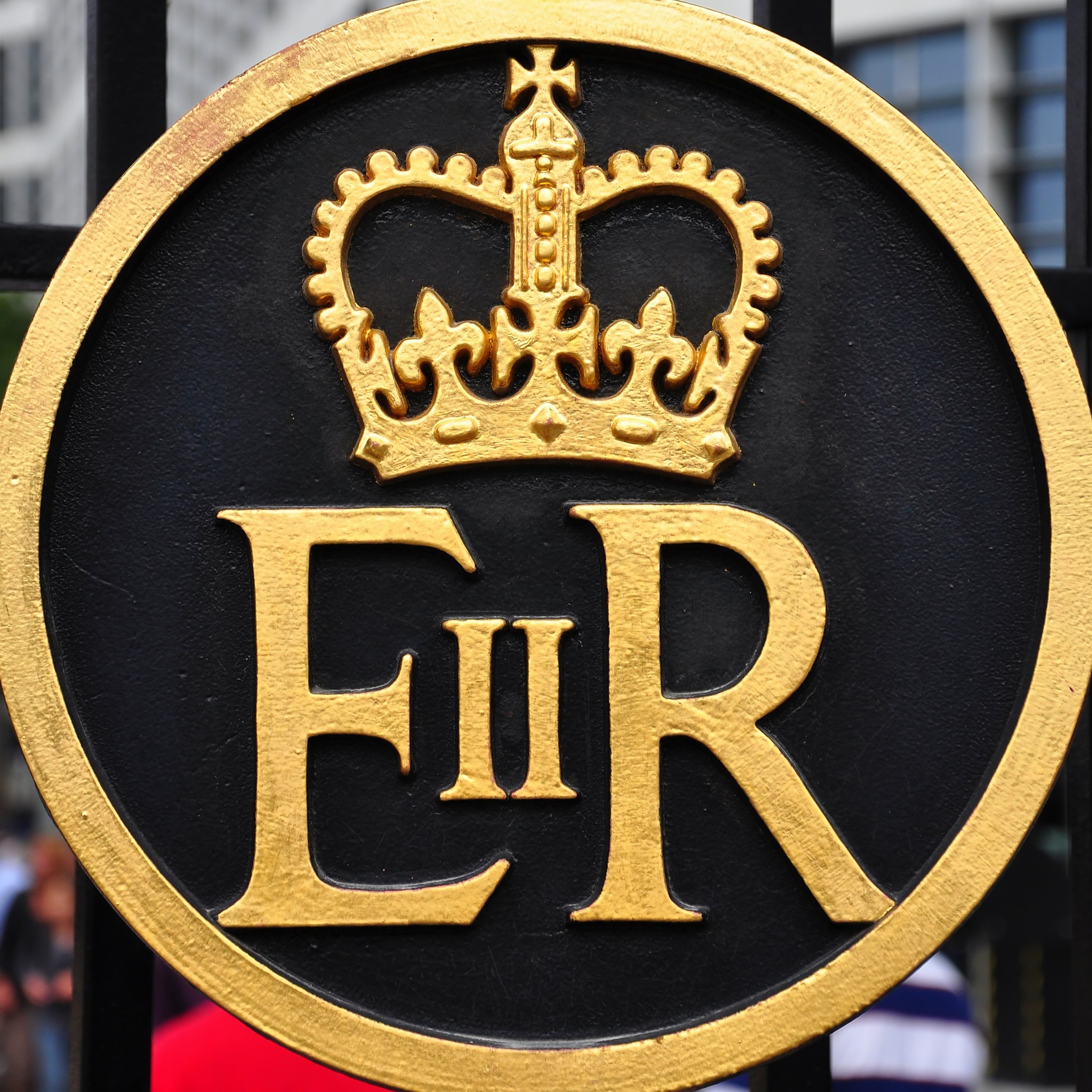What is this “conservative constant” that John Howard talks about?
It is fortuitous that this month, at my book club, we are reading Edith Wharton’s The Age of Innocence. I certainly would not defend that version of American modernism, however, its critique of aristocratic and traditional conservatism is an eye-opener, if only the hoi polloi knew how to read and did so. The novel deserves a better review than what I could give but the point, though, is not the novel itself, but its historical setting.
“Wharton knew old New York as it was ready to change while insisting on its solidity,” so said Colm Tóibín in the introduction to the novel. One could very much say ‘London,’ instead of ‘New York’. The whole Einsteinian modernity, in the first decades of the twentieth century, when the author is writing in the casting back to the American Victorian era, boldly declared against such solidity. There were problems in the Wharton version of American modernism, but nevertheless the new-old century (20th) and our current time (21st) has not been the retreat from the modernist critique of the “conservative constant,” even as stubborn leaders, like John Howard, would have it.
There is something insecure in that blinked and traditional conservatism (opposite of the American-based neo-conservatism, constructed in the 1950s which turns nostalgia into reaction). The pomp and ceremony of the Queen’s passing, and with her, the second Elizabethan Age – the ethos of the conservative revivalism, speak loudly of nostalgia. If only the hoi polloi could read beyond the pomp and ceremony. The proclamation of King Charles III came with the flag fully, and briefly, raised in the period of mourning, but it will seem, in the days ahead, that it will be nostalgia that will do its magic, and the ‘wind of change,’ once described by British Prime Minister Harold Macmillan, will pause, as Wharton described the nostalgic feel:
“The compact world of my youth has receded into the past from which it can only be dug up in bits by the assiduous relic-hunter; and its smallest fragments begin to be worth collecting and putting together before the last of those who knew the live structure are swept away with it.”
In thinking of ‘smallest fragments’, I think of Elizabeth Regina.
Source: Wharton, Edith (2020). The Age of Innocence, Simon & Schuster. Introduction by Colm Tóibín, pp. 10, 12. Photo 23721627 © Mezirka | Dreamstime.com
Image: Elizabeth Regina. “Regina” is Latin for “Queen in her own right”, meaning she is not the wife of a King, but “Queen in her own right” when she ascended to the throne.
Neville Buch
Latest posts by Neville Buch (see all)
- Dear grossly, ethically, corrupted - December 21, 2024
- Thoughts with a Professional History colleague on “Artificial Intelligence” - December 21, 2024
- Stephanie M. Lee on “AI by omission”, The Chronicle of Higher Education, Thursday, December 19, 2024 - December 20, 2024

